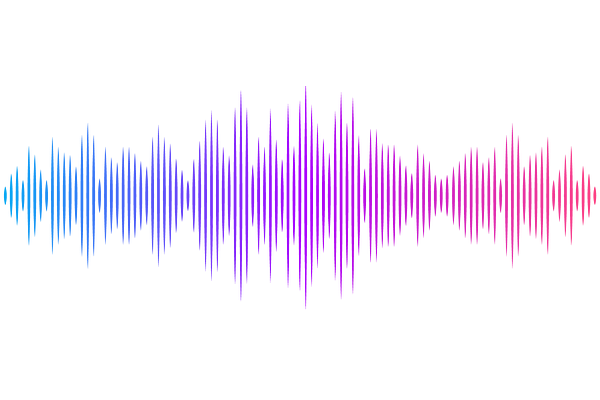Formation of a Possible Black-hole Ultracompact X-ray Binary with the Shortest Orbital Period

Formation of a Possible Black-hole Ultracompact X-ray Binary with the Shortest Orbital Period
Xing-Peng Yang, Kun Xu, Zhi-Fu Gao, Long Jiang, Wen-Cong Chen
AbstractIn the bulge of M31, the Chandra observations discovered a possible black hole (BH) ultracompact X-ray binary (UCXB) Seq.1 with an orbital period of 7.7 minutes and a maximum X-ray luminosity $L_{\rm X}=1.09^{+0.02}_{-0.01}\times10^{38}~ \rm erg\,s^{-1}$ in the $0.5-8$ keV band. The minimum orbital period of the BH UCXBs predicted by the standard magnetic braking (MB) model is longer than 8.3 minutes. In this work, we investigate whether the convection- and rotation-boosted (CARB) MB prescription can account for the formation of a BH UCXB like Seq.1. Our detailed stellar evolution models indicate that the CARB MB law can drive isolated BH-main sequence (MS) binaries to evolve toward BH UCXBs with an orbital period of $7.7~ \rm minutes$, in which a low-mass white dwarf transfers the material onto a BH in a short-term mass transfer episode, producing an X-ray luminosity of $10^{38}~\rm erg\,s^{-1}$. We also obtain an initial parameter space of BH-MS binaries as the progenitors of Seq.1 in the donor-star masses and orbital periods plane, which can be applied to future population synthesis simulations. If Seq.1 is indeed a BH UCXB, future spaceborne gravitational wave (GW) detectors can detect the low-frequency GW signals from this source, and a tidal disruption event will be expected after 0.12 Myr.